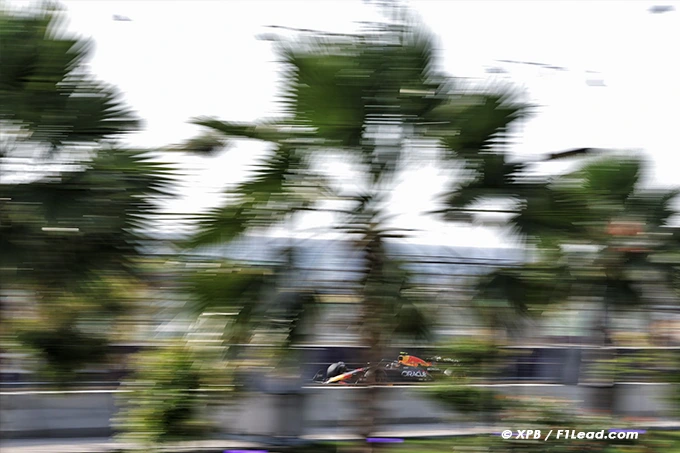F1 may reduce electric power mid-race in 2026 to avoid energy drops on straights and preserve the thrill of racing.
A major shift could be coming to Formula 1’s 2026 engine regulations, and it’s all about the batteries.
As the sport prepares to launch its next-generation power units next year, concerns are growing over how the new hybrid systems will perform in real race conditions. Although the technical blueprint was approved years ago, teams and insiders are now flagging potential issues with the electric side of the powertrain.
The current plan for 2026 calls for a 50/50 split between internal combustion and electric power, a dramatic jump in battery reliance compared to today’s cars. But according to several sources, that balance may not hold up on high-speed tracks like Monza or Baku, where long straights could expose energy deployment limits. In short: drivers might run out of battery power halfway down the straight.
To address this, F1 stakeholders are set to review a proposal at the next F1 Commission meeting. The idea? Keep the 50/50 power split for qualifying sessions but reduce the electric output during the race itself.
Under the proposed plan, electric power would drop from 350 kW to 200 kW for Grands Prix. That would shift the balance to roughly two-thirds combustion, one-third electric – giving drivers more consistent performance over a full lap and reducing the risk of “coasting” mid-straight.
Importantly, the new overtaking boost system – a manually activated push-to-pass feature – would still deliver the full 350 kW when triggered by the driver.
It’s unclear who first put this proposal on the table, but Red Bull Racing boss Christian Horner is fully behind it. As Red Bull prepares to debut its first in-house engine in partnership with Ford, Horner says the goal is to avoid dull, energy-saving driving in the middle of exciting moments.
“We don’t want drivers lifting off the throttle halfway down a straight – that’s not good for the sport or the fans. The FIA has all the data. Waiting until next year to act is too late. We’ve got eight months to fix this.”
Not everyone agrees, though. Mercedes – believed to be furthest ahead with its 2026 power unit – has pushed back. Team principal Toto Wolff dismissed the concerns, arguing the sport should stick to its existing plans.
“I think we can adapt quickly if issues come up,” Wolff said. “Right now, it feels like politics and guesswork. There’s no data backing these fears – it’s just one opinion versus another.”

- Discover More>Norris Bounces Back Fast After Q3 Crash in Jeddah
- Follow us on >FACEBOOK and >TWITTERfor F1 update
Batteries May Force F1 to Dial Down 2026 Race Power
Batteries May Force F1 to Dial Down 2026 Race Power
